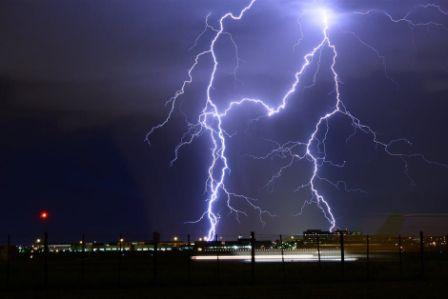Bhubaneswar: The Special Relief Commissioner (SRC) of Odisha Pradeep Kumar Jena Saturday said that majority of the buildings in Odisha are not resilient to lightning which has been a major cause of death from natural disasters in the state.
Jena pointed out that the norms for equipping building with lightning conductors are in place but in spite of that many shun its use. Only a few buildings are equipped to deal with lightning. The administrator batted for its increased usage to ward off the harmful effects lightning.
“Almost 99 per cent of our buildings do not have lightning conductors. Public offices need to go ahead and install the system to ward off the aftermaths of being hit by lightning. We already have this in our 1962 Building Code. But it has not been implemented even today. We need to enforce this to bring a change on ground,” he said.
In an interaction with the media representatives Saturday, the SRC also said the 100 per cent laying of underground cables for electricity is not enough to cope with cyclonic storms.
“The biggest issue which has to be kept in mind is with underground wiring, leakage of water into the wire joints can harm the whole system. We have seen some resilient electric pole designs which we want to promote more to withstand instances of cyclones,” he said.
The IAS officer claimed that the state has come a long way compared to what it was 20 years back in terms of rescue and evacuation works in times of natural disasters. “We have come a long way but new forms of debates have emerged on rescue and evacuation works like quality of evacuation works, availability of sanitary napkins for women in shelter homes, space for movement of the people during such disasters and many more. We need to review the rescue works with the new demands.”
The SRC also said that time has come for the government to look into the critical emerging issues like urban flooding. He also said that the government is also looking into the issue of preparing additional space for disaster victims in parallel government institutions like anganwadi centres and schools besides shelter homes at the time of a natural disaster.






